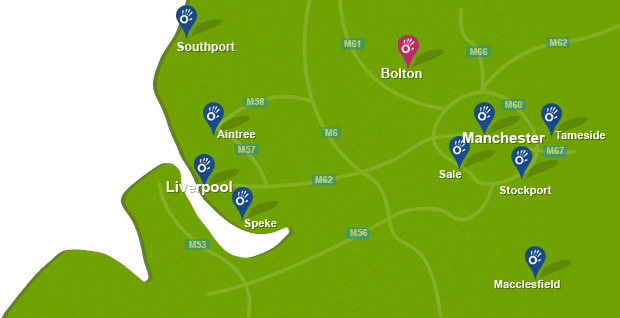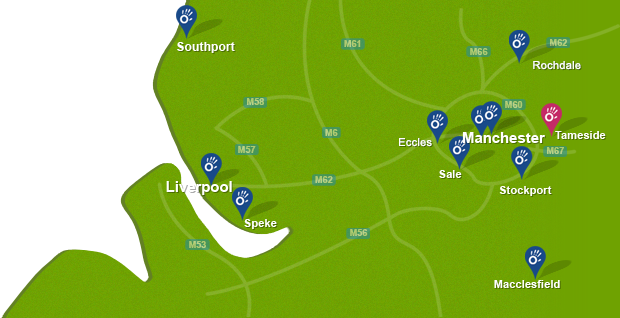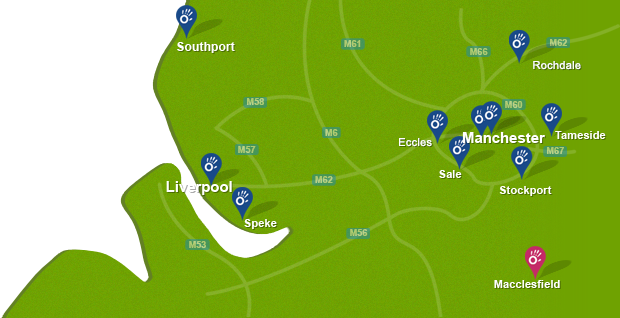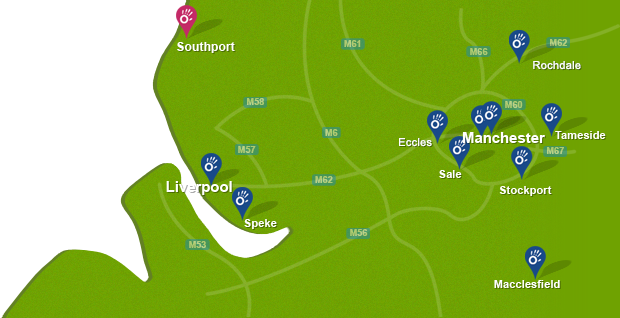Massage is a beneficial and an effective treatment to increase range of movement in joints and muscles. Due to a range of circumstances muscles can become tight.
Tightness within a muscle is restrictive and reduces its range of movement. Massage helps to increase range of movement by; increasing the temperature of soft tissues, increasing tissue elasticity, breaking down adhesions, reducing swelling, decreasing pain and removing waste products from the muscles. The benefits of increased of movement are reduced tension and maximised performance. Massage therapists at Manchester Physio provide a wide range of massage therapy services to increase range of movement.
When can massage be used to increase range of movement?
There are many circumstances when massage can be used to increase range of movement. These include:
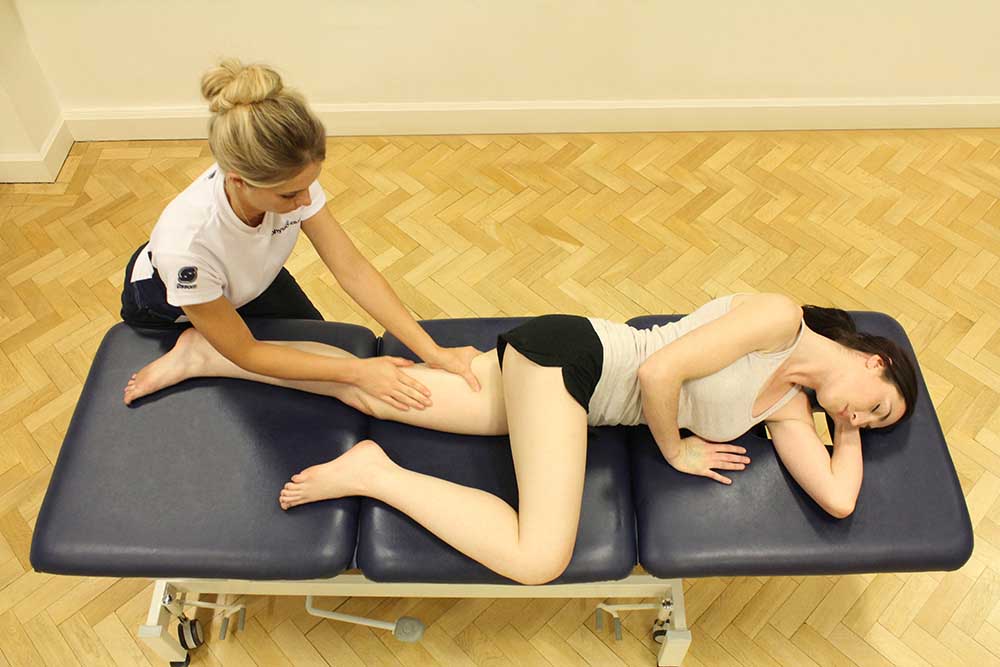 Above: Soft tissue massage of adductor magnus, semitendinosus and semimembranosus muscles
Above: Soft tissue massage of adductor magnus, semitendinosus and semimembranosus musclesMassage can be used when muscles are tight and following injury to increase range of movement. Massage increases range of movement by increasing the temperature of soft tissues, increasing tissue elasticity, breaking down adhesions, reducing swelling, decreasing pain and removing waste products from the muscles.
Massage can help increase range of movement for tight muscles in the following ways; increase temperature of soft tissues, increase tissue elasticity and break down adhesions.
Massage increases range of movement when muscles are tight by increasing the temperature of soft tissues. Massage increases temperature by stimulating friction to an area of the body. Friction increases capilliarisation and vasodilation in the blood flow. Capilliarisation and vasodiliation is the increase of size and number of blood cells. Increased temperature allows the muscles to relax and muscle fibres to loosen.
Massage helps to increase range of movement by increasing tissue elasticity. Tissue elasticity is the ability of tissue to be stretched and regain original shape and size. Massage increases temperature in the muscles allowing muscle fibres to relax and to be loosened. Once a muscle is relaxed, massage can stretch out loosened muscle fibres to increase elasticity. An increase of elasticity in the muscle allows the muscle to increase in range of movement.
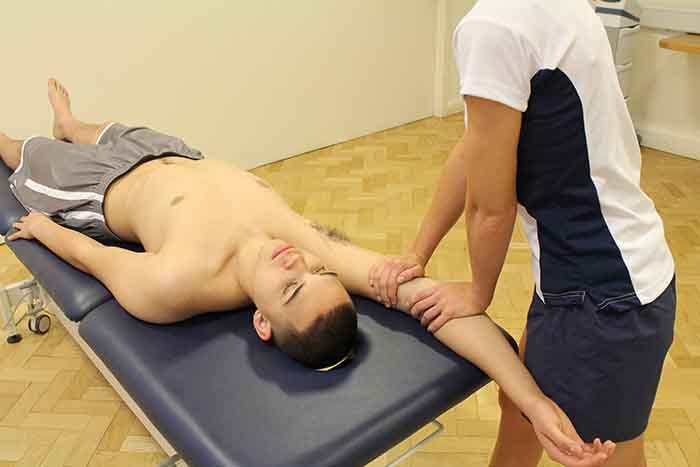
Massage is used to increase range of movement by breaking down adhesions. When muscles are tight, adhesions are formed in the muscles. Adhesions are fibrous tissues that lie haphazardly across normal fibres causing tightness and restricted movement. Massage breaks down adhesions and realigns them into normal form. The correct alignment of muscle fibres increases range of movement.
Massage can help increase range of movement following an injury by reducing swelling, decreasing pain and removing waste products.
Massage increases range of movement after an injury by reducing swelling. Swelling is the normal reaction of the body to an injury. Swelling is the build-up of fluid in the tissues which can reduce range of movement. Swelling can be reduced by massage. Specific massage techniques such as, lymphatic drainage, allows excess fluid to be drained and recovery to be quickened. Lymphatic drainage massage involves clearing the area of swelling and massaging above swollen areas to clear the path for the flow of excess fluids to drain into.
Massage increases range of movement by decreasing pain following an injury. Massage decreases pain by increasing blood circulation to an affected area, loosening tight muscles and releases endorphins. Endorphins are a hormone- like substance that is produced in the brain and functions as the body's natural painkiller. Once pain is decreased range of movement is restored.
Massage increases range of movement after injury by assisting the removal of waste products and toxins in the body. Injury can lead to a build-up of waste products in the body. Waste products in the body can contribute to muscle tightness, fatigue and pain. Muscle tightness, fatigue and pain can all decrease range of movement. Massage helps to remove waste products from the muscles by stimulating the lymphatic system. The lymphatic system is responsible for the natural removal of waste products. Massage increases the flow of the lymphatic system upwards to be drained out of the lymphatic glands and into the liver.
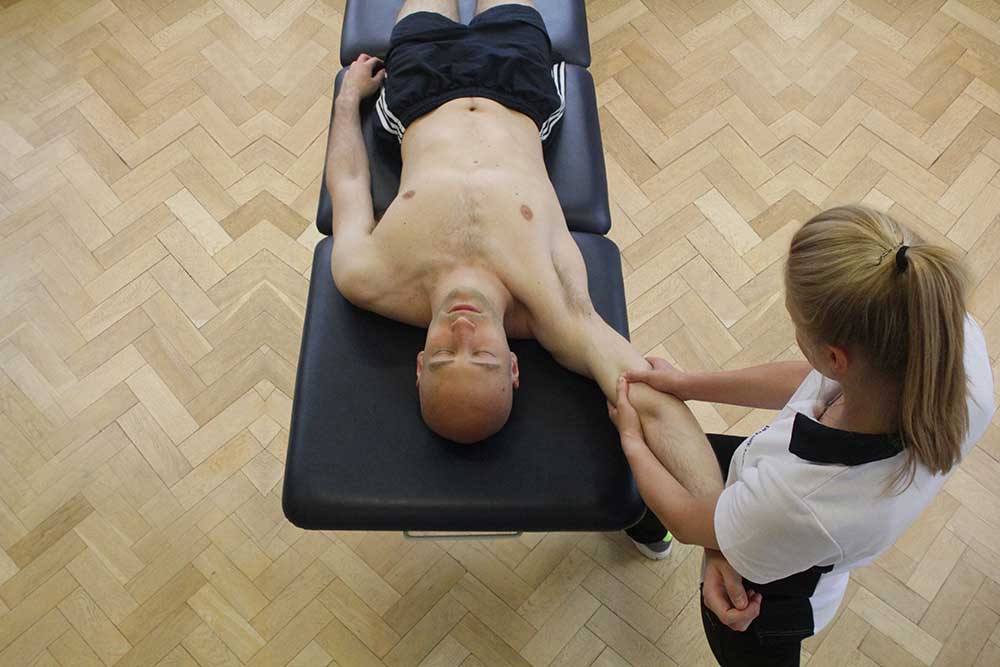 Above: Soft Tissue Massage targeting the bicep brachii muscle
Above: Soft Tissue Massage targeting the bicep brachii muscleHow does massage help increase range of movement?
There are many ways massage can help to increase range of movement. Massage helps to increase range of movement by; increasing temperature, increasing tissue elasticity, breaking down adhesions, reducing swelling, decreasing pain and removing waste products from the muscles.
Massage helps to increase range of movement by increasing temperature. When massage is applied to the skin, superficial friction causes temperature of an area to increase. An increase of temperature increases local blood circulation to the muscles. An increase of temperature in the muscles causes them to relax, decrease in tone and reduce spasms. Tightness is reduced due to the relaxation of muscles. Increased temperature and decreased tightness allows muscle fibres to increase in movement.
Massage increases range of movement by increasing muscle tissue elasticity. Poor elasticity limits range of movement and is more prone to injury. Massage allows muscle to relax and muscle fibres to be stretched. Stretching muscle fibres increases tissue elasticity and can reduce injuries.
Massage helps to increase range of movement by breaking down adhesions. Massage helps to manipulate soft tissues where adhesions are formed. Massage is applied along muscle fibres to break down and loosen adhesions. Massage promotes proper lying of adhesion fibres so they are parallel to normal muscle fibres and not haphazardly. The better alignment of muscle fibres the increased range of movement there will be.
Massage increases range of movement by reducing swelling post injury. Swelling can cause pain and limit range of movement. Massage uses lymphatic drainage technique to flush out excess fluids. Massage clears the path above the swollen area so the excess fluid can be drained into the lymphatic system and removed from the body.
Massage helps to increase range of movement by decreasing pain. Massage helps decrease pain by interrupting the pain cycle. Once pain is felt in the body muscles surrounding the area tighten to protect it. If muscles tighten then movement is restricted. Massage increases blood circulation, loosens tight muscles and restores range of movement.
Massage helps increase range of movement by assisting the body in the removal of waste products. Waste products can build up in the body following an injury. Massage stimulates the lymphatic system and flushes the waste products out. Once waste products are removed, the healing process speeds up and recovery is quickened.
What are the benefits of receiving a massage to increase range of movement?
Massage used to increase range of movement has many benefits. The benefits of massage to increase range of movement include: Receiving a massage treatment to increase range of movement has many benefits. The benefits of increased range of movement are reduced tension and maximised performance.
Massage helps to increase range of movement by reducing tension. A high muscle tone causes an increase in muscle tension. High muscle tone can feel tight and limit in movement. Massage helps to reduce high muscle tone by increasing temperature, blood circulation and removing waste products from the muscles. An increase of temperature allows muscles to relax, reducing tension and increasing movement. An increase of temperature stimulates an increase of blood circulation to an area. Increased blood circulation allows more cellular exchange. Cellular exchange increases oxygen and nutrients into the muscle and removing waste products and toxins out.
Receiving massage to increase range of movement is a benefit to maximise performance. Massage maximises performance by increasing elasticity to soft tissues. Poor muscle elasticity reduces range of movement and is more prone to injury. Massage relaxes the muscles, stretches and loosens muscles fibres making them stretch and move easier. Keeping the body flexible benefits performance by allowing muscles and joints to move at their maximal without causing injury.
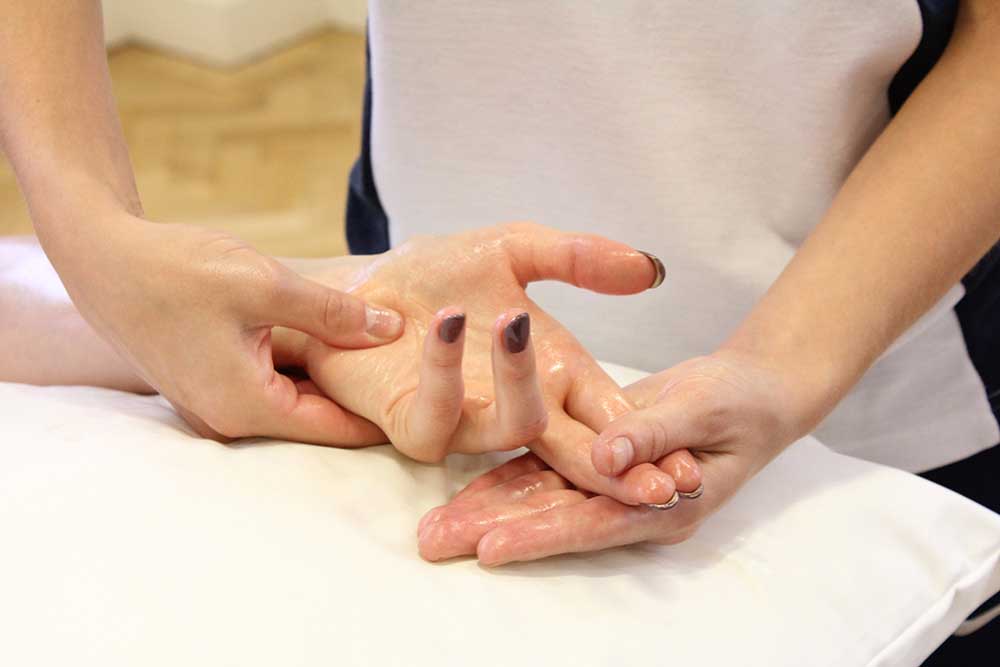 Above: Soft tissue massage of palma fascia
Above: Soft tissue massage of palma fasciaSummary
Receiving a massage increases range of movement in many ways. Massage helps increase range of movement increasing the temperature of soft tissues, increasing tissue elasticity, breaking down adhesions, reducing swelling, decreasing pain and removing waste products from the muscles. Massage is a beneficial treatment to increase range of movement when muscles are tight and following injury. Massage therapists at Manchester Physio provide a wide range of massage therapy services to increase range of movement.
How can I arrange a massage to increase range of movement?
To arrange a massage for increased range of movement at Manchester Physio, email us at office@manchesterphysio.co.uk or call 0161 883 0077.


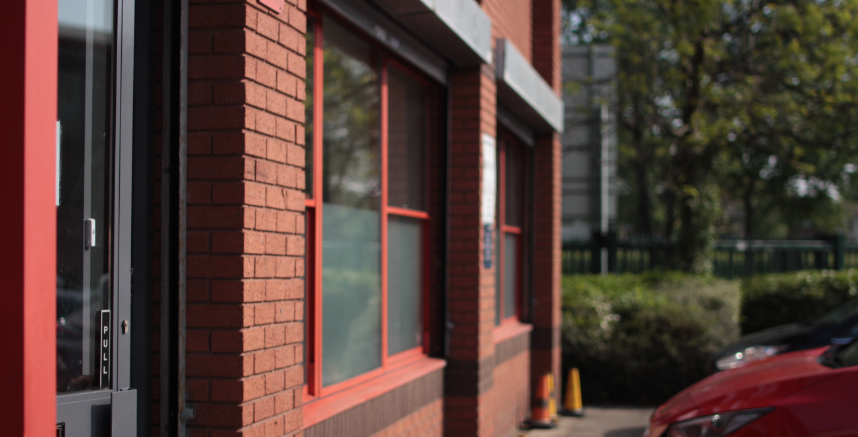
 0161 883 0077
0161 883 0077






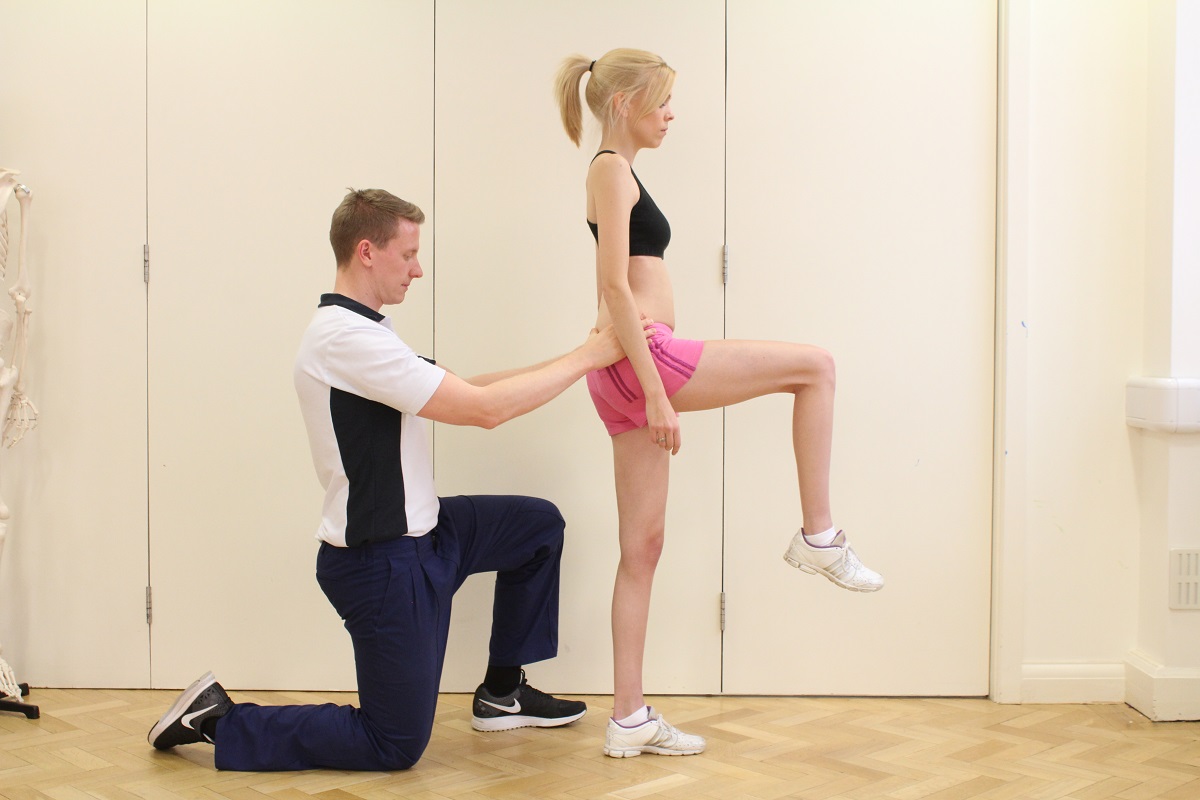
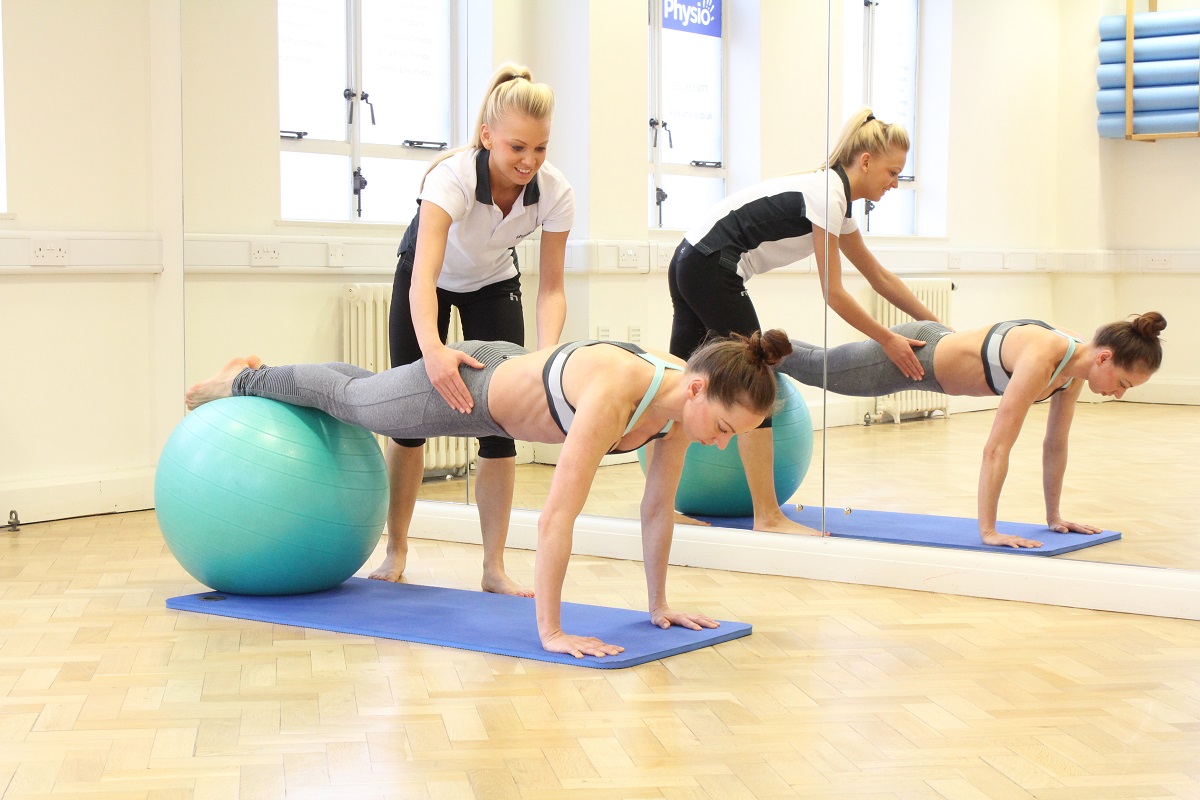
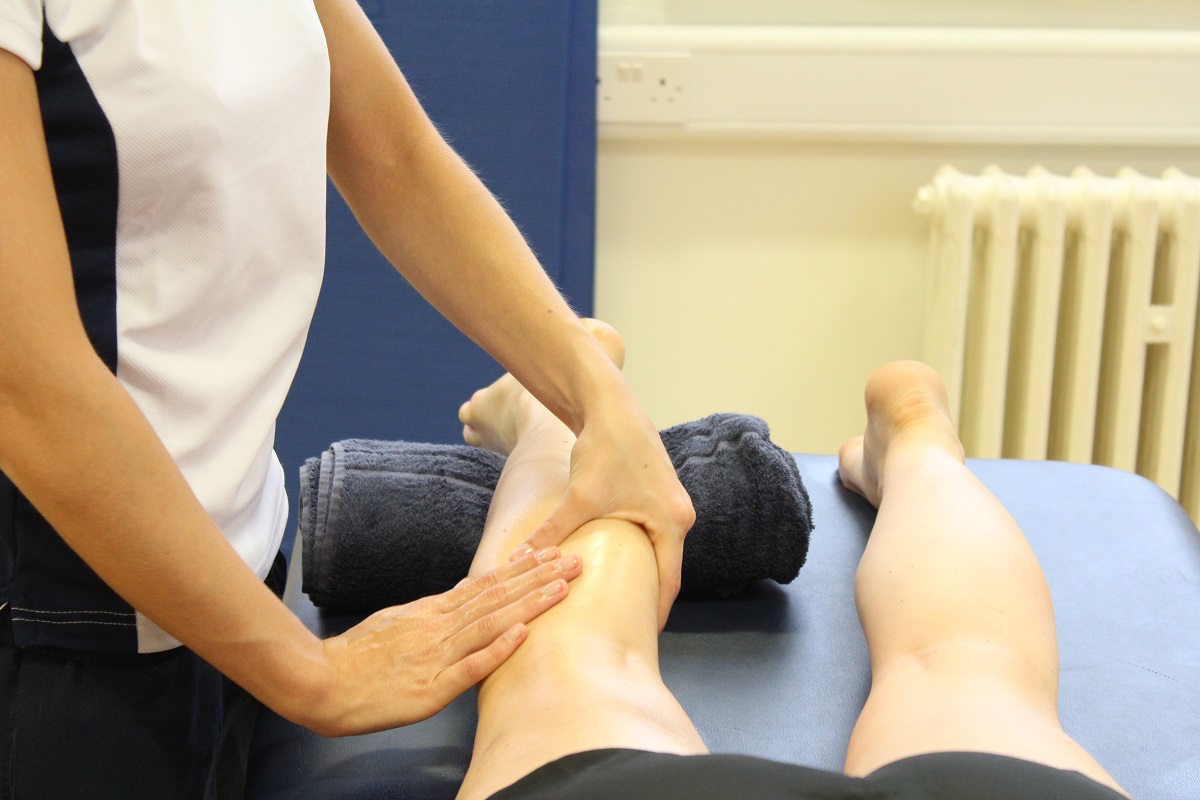
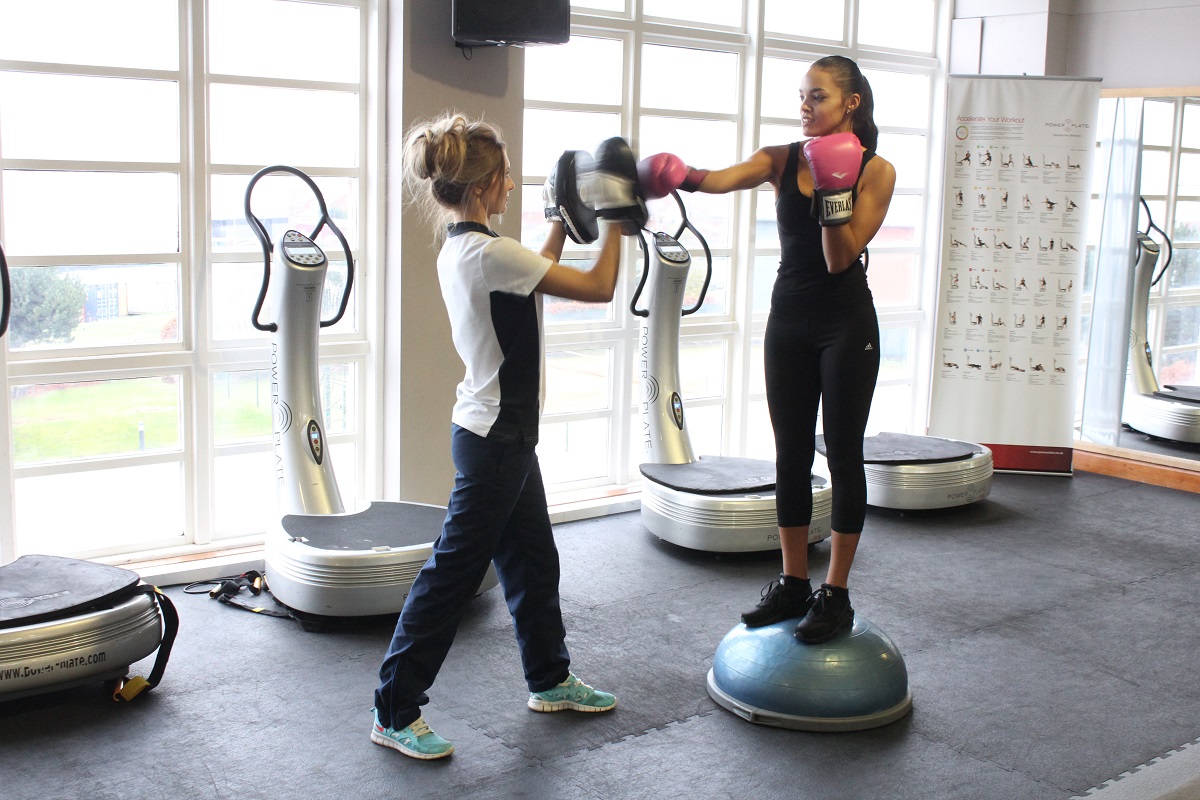
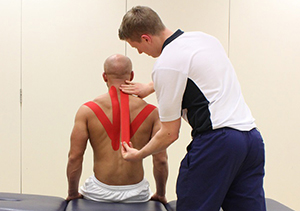

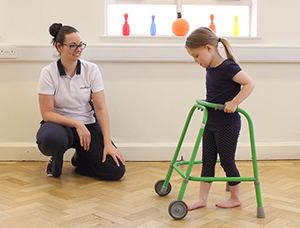
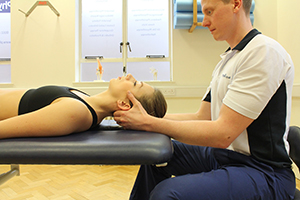


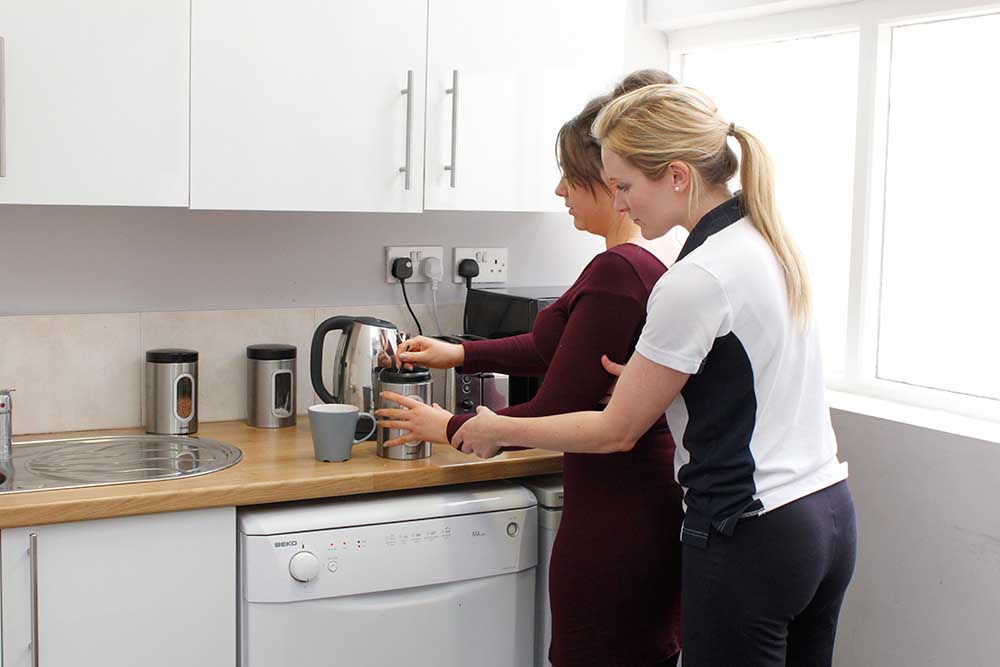




























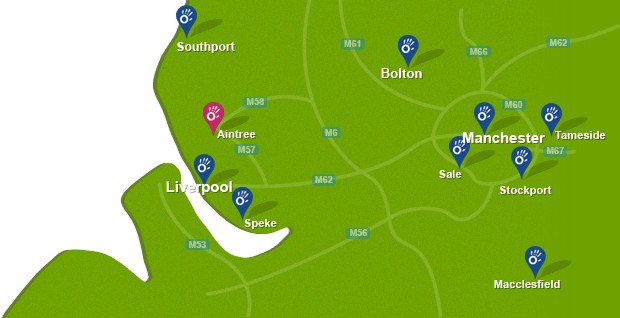

 f
f
